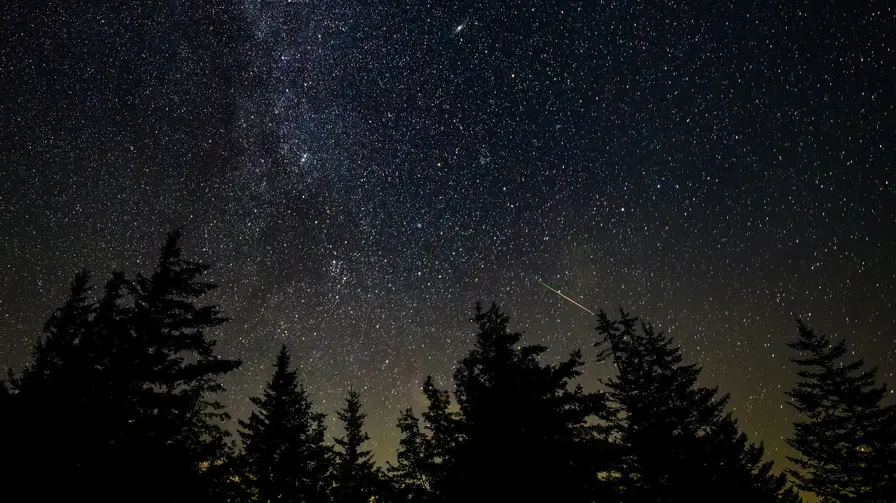T4K3.news
Perseid meteor shower continues
The shower remains visible after peak with prime viewing before sunrise in dark locations.
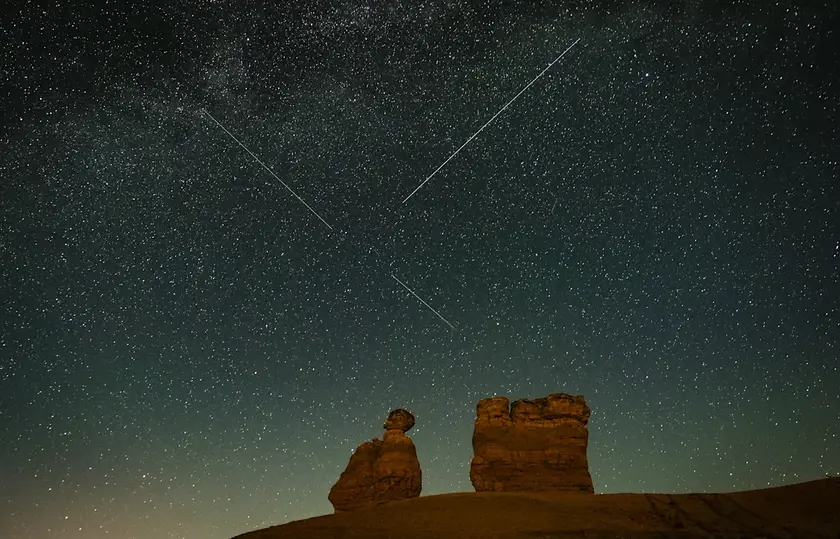
The Perseid meteor shower remains visible after its peak, offering a final chance to see bright meteors before it ends on Aug 23.
Perseid meteor shower continues through Aug 23
The Perseid meteor shower peaked late Tuesday night into early Wednesday morning, and NASA describes it as one of the year’s best displays. Active since July 17, the shower can produce up to 100 streaks per hour at its peak, well above the usual 15 meteor sights. Viewers are advised to escape light pollution and look northeast before sunrise for the best view. The shower originates from comet 109/Swift-Tuttle, which sheds debris that lights up as it enters Earth’s atmosphere. The Global Meteor Network offers a tracker to help plan viewing times.
Even after the peak, it remains possible to catch bright trails on clear nights through August 23. Weather and local lighting will shape how many meteors are seen, but a dark location increases the odds. The Perseids remind us that the sky is a shared, ancient stage for wonder.
Key Takeaways
"The Perseid meteor shower is one of the best displays of the year"
NASA framing the event as highly favorable for viewing
"Look northeast before sunrise for the brightest trails"
Viewing tip for observers
"Even after the peak, the sky still offers a moment of quiet wonder"
Emotional takeaway about continued visibility
"This is science storytelling at its simplest a comet debris turning into sky fireworks"
Editorial commentary on public engagement
The Perseids are a reminder that science can be shared with clarity and wonder. When numbers are clear, people respond with curiosity and calm. The story also shows how public interest can rise with a spectacular, predictable event and how tools like NASA’s information and citizen trackers help families plan a night outdoors.
As light pollution grows, the value of dark skies becomes a public issue. The ongoing interest in meteor showers depends on weather, timing and how communities protect viewing spaces. This is about more than pretty lights; it is about access to the night sky and the role of institutions and enthusiasts in making astronomy feel reachable for everyone.
Highlights
- Dark skies beat the best camera
- A meteor streak is a tiny bright note in the night
- The show proves the universe still writes in fire
- Let the night unfold and the meteors answer
The night sky keeps offering moments of shared awe for anyone who looks up.
Enjoyed this? Let your friends know!
Related News
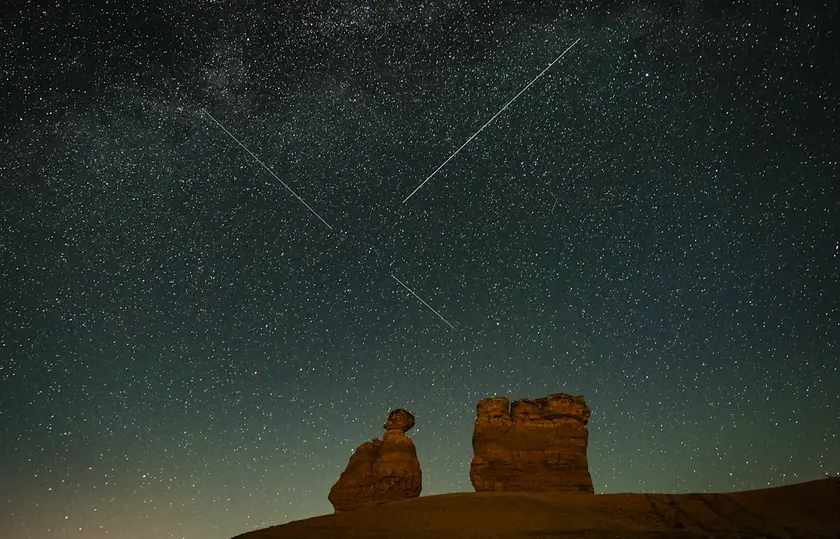
Perseid meteor shower viewing continues through Aug 23
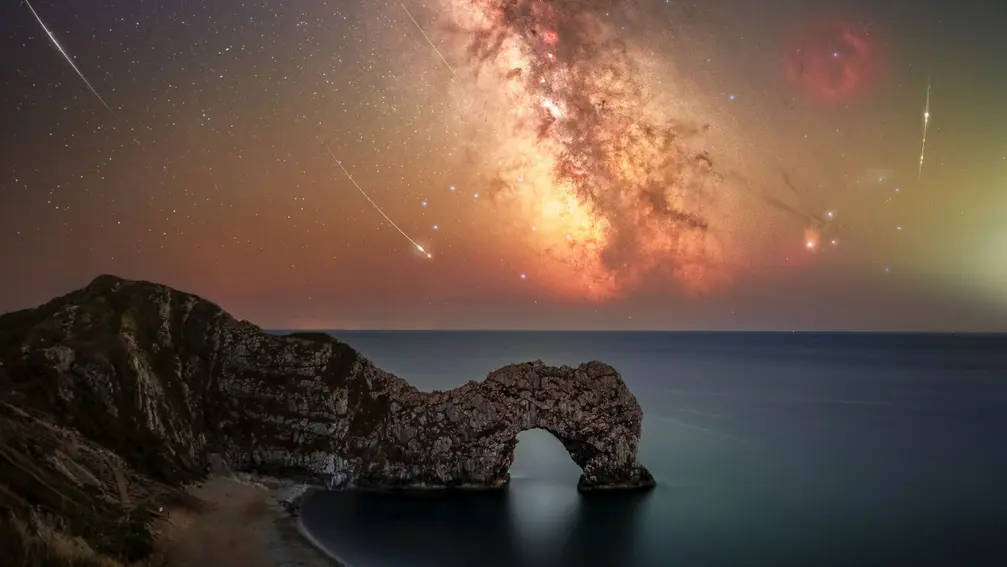
Perseid meteor shower shines through bright moon
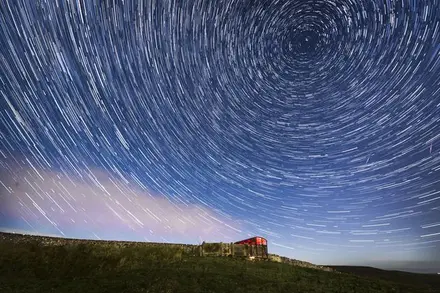
Perseid Meteor Shower Lights NI Sky
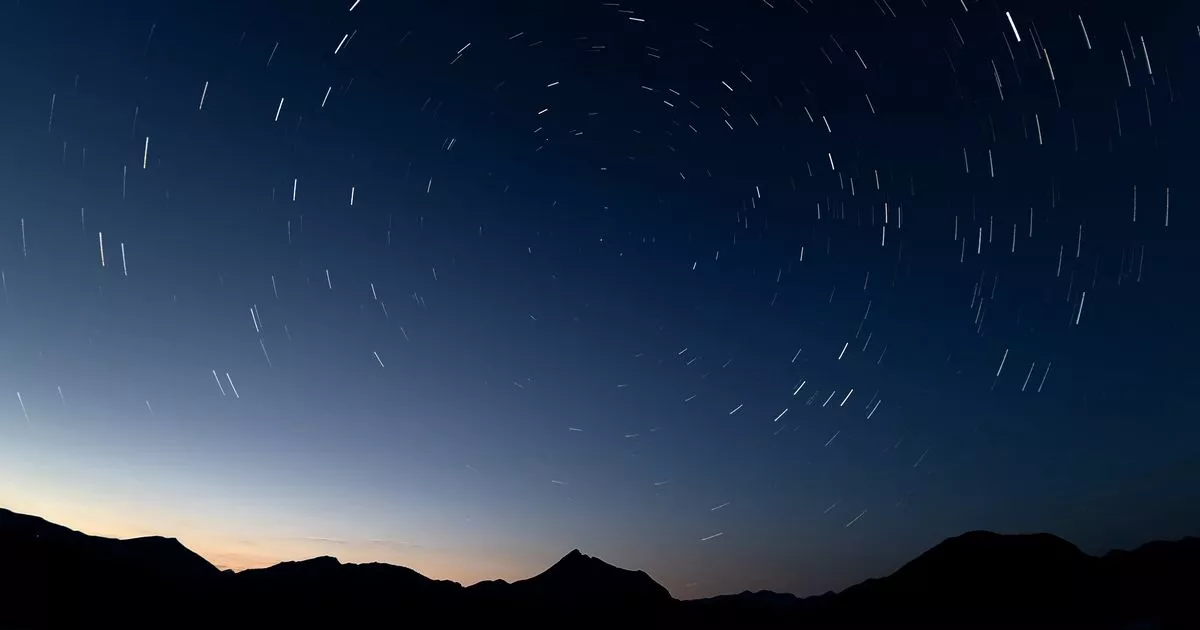
Perseid meteor shower peaks in Scotland
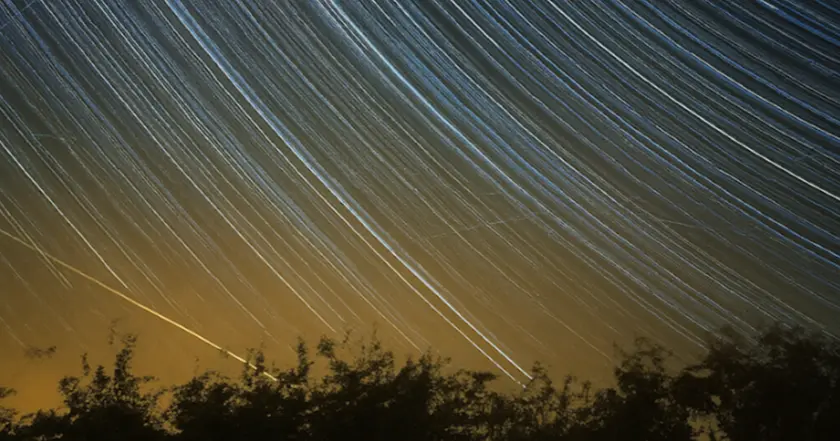
Perseid meteor display lights Welsh skies
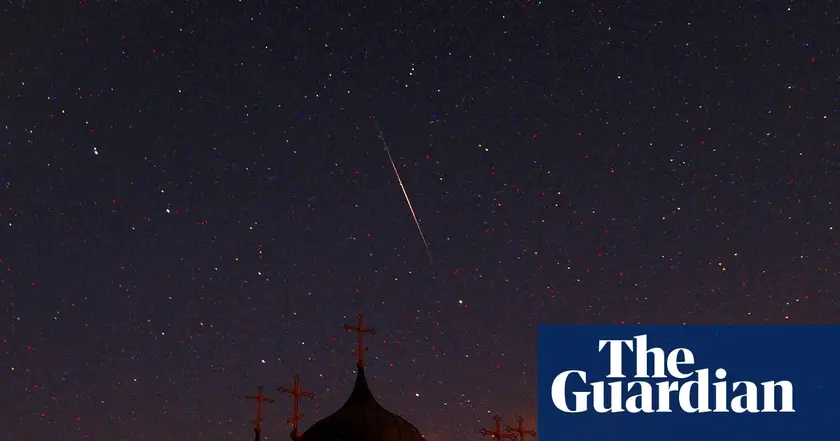
Perseids Peak Draws Backyard Stargazers Into Night Sky

Planet Parade Illuminates August Morning Sky
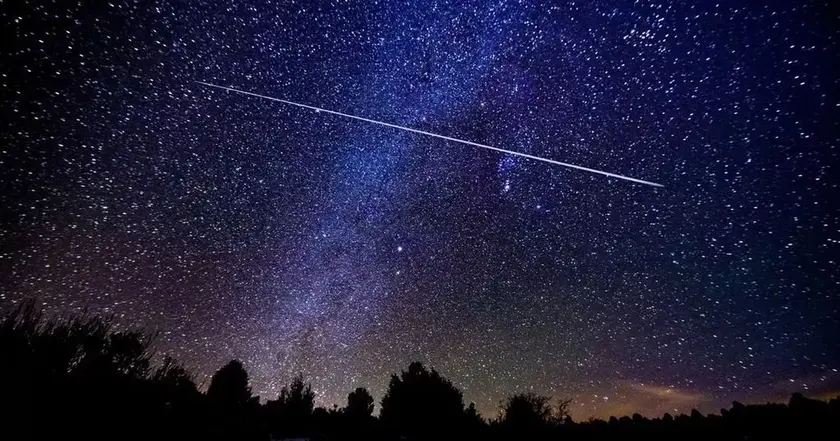
Perseid meteor shower peaks tonight
